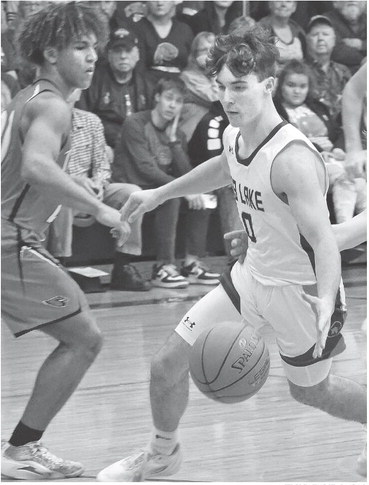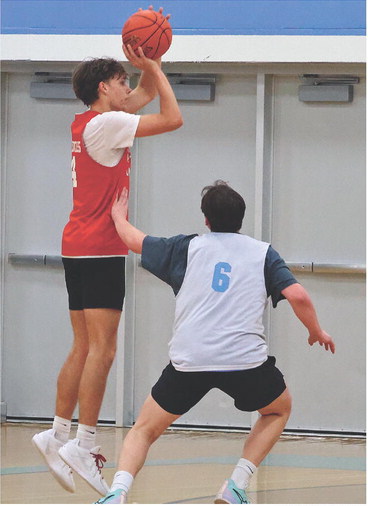Hey National Football League, running backs are important people too


In a few weeks, thousands of fantasy football drafts will be conducted with running backs being, far and away, the most sought-after players in the first rounds of each draft and running backs will make up a sizable portion of second-round picks.
The position is highly valuable in the fantasy world. In the real world, not so much.
The devaluation of the running back position has been noticeable for some time, but it has truly come to a head as the 2023 National Football League season gets underway.
The Dallas Cowboys released Ezekiel Elliott in the off-season. He’s still unemployed. The Minnesota Vikings released Dalvin Cook a few weeks ago. He’s still unemployed though rumored to soon be signed by New York Jets’ general manager Aaron Rodgers. Austin Ekeler of the Los Angeles Chargers was unable to secure a contract upgrade despite bigtime numbers the past few years. Saquon Barkley of the New York Giants settled for a one-year deal after helping carry that team’s offense into the divisional round of the NFC playoffs last year after working his tail off to put previous injuries behind him.
The Oakland Raiders’ Josh Jacobs and the Cowboys’ Tony Pollard did not get sweetened deals this off-season after fabulous 2022 seasons. Jacobs is currently holding out of training camp. Aaron Jones, now one of the faces of the Green Bay Packers franchise, has to take a $5 million pay cut to stay in Green Bay this season and could be entering his last year year with the team, although it can be argued that he will be one of the team’s biggest keys to success in 2023.
Now Jonathan Taylor, who was the most likable assassin when he was destroying defenses as a college superstar with the Wisconsin Badgers, is embroiled in a bitter dispute with the Indianapolis Colts as he enters the final year of his rookie contract. He’s arguably deserving of an upgrade though he is coming off a year shortened by injury, yet he has next-to-no leverage to get one. He’s demanded a trade but the chances of the Colts getting a doable return are minimal. The Colts are threatening to put him in on the non-football injury list and not pay him at all.
These aren’t average talents we’re talking about. These are elite backs or aren’t far off from their elite days in the NFL. They aren’t journeymen, at least not quite yet. Then comes the recent nugget from Sportrac that appeared on social media showing that kickers on average are making more in annual salary than the league’s runners at $2.26 million to RB’s $1.81 million.
What in the name of Walter Payton, Jim Brown and Emmitt Smith is going on here?
The situation is probably best explained by Andrew Brandt, the former financial guru for the Packers who is now an informative sports media insider as well as a professor at Villanova University. If you haven’t already, read his piece on running backs on SI.com. It’s good stuff.
The Cliff Notes version is the NFL’s transformation to a passing league, running backs’ tendencies to wear down early, the franchise tag and other issues with the current collective bargaining agreement and the inability to enter the NFL Draft at a young age to capitalize on their best years have put running backs in a position where they are the easiest targets for teams’ front offices when trying to maneuver around the salary cap.
The strategy now for NFL general managers when it comes to running backs is draft them in middle to late rounds, beat them up when they’re at their peak in their required four-year rookie contract years. Maybe bring them back for a fifth year under a franchise tag, preventing them from exploring free agency, then dump them rather than give them a lucrative second contract.
Those second contracts are where the money is for NFL players. For just about every other position, the mid- to late 20s is a player’s peak athletic time. For running backs, it’s when those in charge of building rosters would rather cut you than pay you and worry about overpaying due to a rapid decline midway through your second contract.
The four-year, $48 million extension Aaron Jones signed with the Packers after the 2020 season might be the last of its kind for a veteran running back in the foreseeable future. Of course it’s already been altered with this year’s $5 million pay cut. He’s getting $11 million this year and due about that much next year. As I said last week, I think Aaron Jones is a fabulous player and would hate to see him go before he’s truly past his prime.
Cook is another I’d take in a heartbeat, former Viking or not. He was banged up last year, but I still see him as a threat to go the distance any time he touches the ball.
One fix I’d love to see but obviously never will is a cap on quarterback salaries. Yeah, yeah, it’s become gospel that you can’t win a Super Bowl without a very
Matt’s
Bleacher Shots
Matt Frey Matt Frey is the Sports Editor at The Star News.
good one. Average to below average ones get you nowhere.
But in a sport that prides itself on being the ultimate team sport, I just find it odd that Daniel Jones can get $40 million per year and Barkley can only get $11 million. Deshaun Watson can barely avoid prison and get $46 million per year, Kyler Murray hasn’t won a darn thing and gets $46.1 million per year and Derek Carr, who also hasn’t won anything, can get $37.5 million per year from his new team, New Orleans, while his former teammate Jacobs, is getting $10 million this year, none of it guaranteed.
Quarterbacks still need offensive linemen to protect them, defenses to get them the ball back, wide receivers and tight ends to give them the statistics necessary to get big money and they need running backs. I never figured out how they can take up nearly half of a team’s salary cap no matter how good the great ones are.
Thank goodness Rodgers brought sanity to the situation by taking a reported $35 million pay cut with New York. Another column for another day I guess.
Obviously at $10 million a year, star running backs aren’t starving. But relatively speaking, it’s undeniable they are not in an enviable position.







